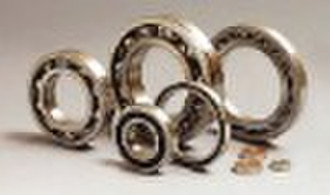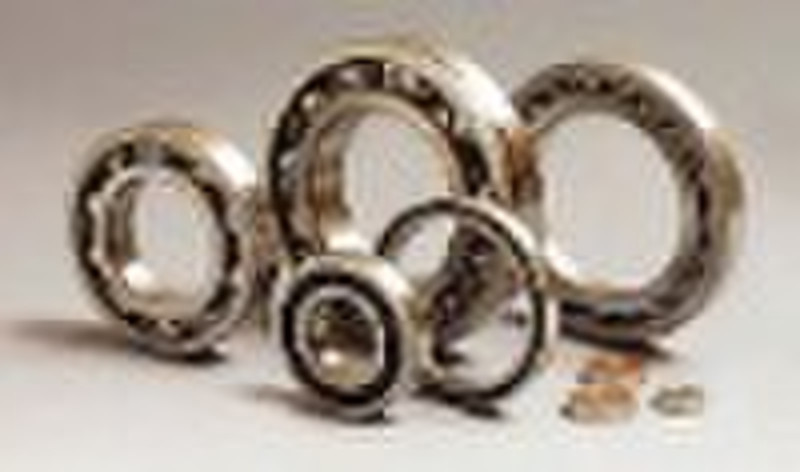Каталог
-
Каталог
- Автомобили и мотоциклы
- Безопасность и защита
- Бизнес
- Бытовая техника
- Бытовая электроника
- Детали машин и услуги по их изготовлению
- Дом и Сад
- Здоровье и медицина
- Игрушки и хобби
- Изделия из металла
- Измерительные и анализирующие приборы и инструменты
- Инструмент
- Красота и личная гигиена
- Мебель
- Мероприятия по охране окружающей среды
- Минералы и металлургия
- Модные аксессуары
- Обувь и аксессуары
- Одежда
- Освещение
- Подарки, сувениры
- Продовольственные товары и напитки
- Промышленное оборудование и техника
- Резина и пластмассы
- Сельское хозяйство
- Специальное оборудование
- Спорт, отдых и досуг
- Сток
- Строительство и недвижимость
- Текстиль и кожа
- Телекоммуникации
- Товары для офиса, учебы. Канцтовары
- Транспорт
- Упаковка и печать
- Химикаты
- Часы, Украшения, Очки
- Чемоданы, сумки
- Электронные компоненты, оборудование, принадлежности
- Электротехническое оборудование и принадлежности
- Энергия
Filters
Search
Радиальные шарикоподшипники
ориг. цена: 1,00 USD
Уси, Китай
Объем производства:
10000 Штука / Месяц

Johnny Liu
Контактное лицо
Основные данные
Everyday experiences demonstrate that rolling resistance is much less than sliding resistance. This principle is used in the rolling-element bearing which has found wide use. In the development of the automobile, ball and roller bearings were found to be ideal for many applications, and today they are widely used in almost every kind of machinery. These bearings are characterized by balls or cylinders confined between outer and inner rings. The balls or rollers are usually spaced uniformly by a cage or separator. The rolling elements are the most important because they transmit the loads from the moving parts of the machine to the stationary supports. Balls are uniformly spherical, but the rollers may be straight cylinders, or they may be barrel- or cone-shaped or of other forms, depending upon the purpose of the design. The rings, called the races, supply smooth, hard, accurate surfaces for the balls or rollers to roll on. Some types of ball and roller bearings are made without separators. In other types there is only the inner or the outer ring, and the rollers operate directly upon a suitably hardened and ground shaft or housing. Figure 5 shows a typical deep-grooved ball bearing, with the parts that are generally used.
Условия поставки и упаковка
Packaging Detail: in PP bags, according to buyer's requirement Delivery Detail: 30 days
Порт: SHANGHAI
Условия оплаты
Аккредитив
Электронный перевод
-
Способы оплаты
Для оплаты товаров и услуг на нашем портале, Вы всегда получаете счет, в котором Вам необходимо самостоятельно указать свои данные.
Мы принимаем к оплате:









